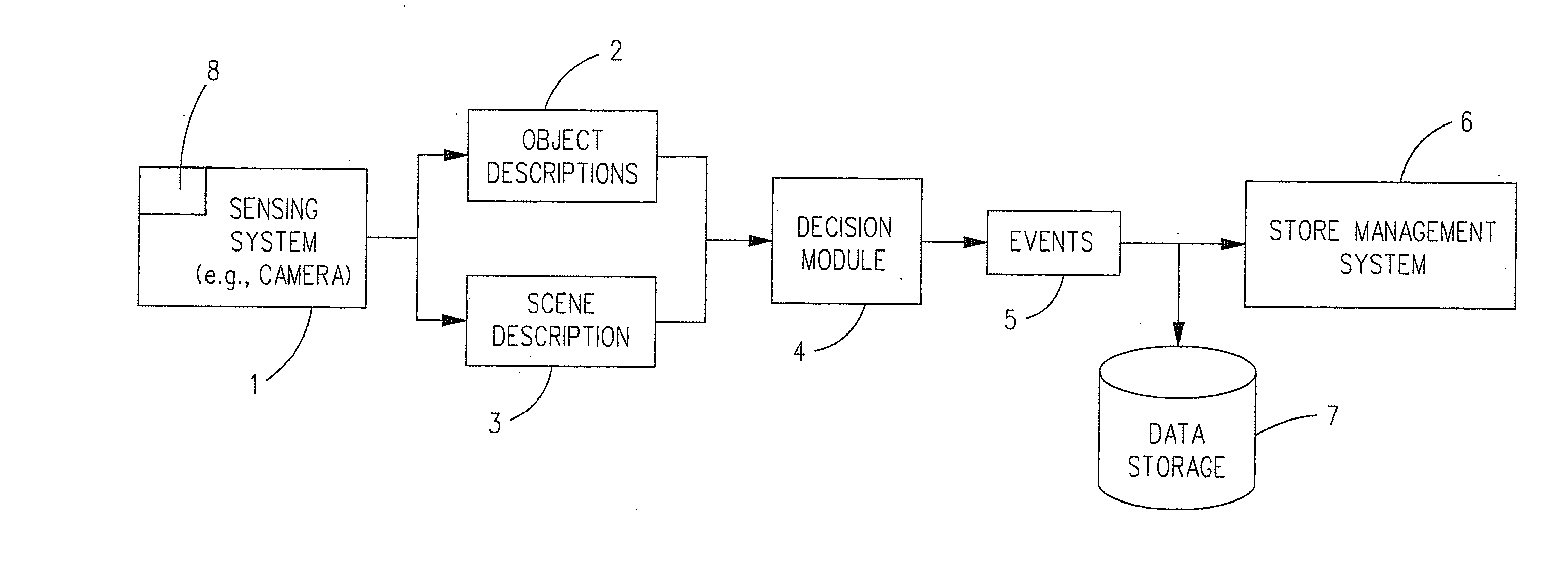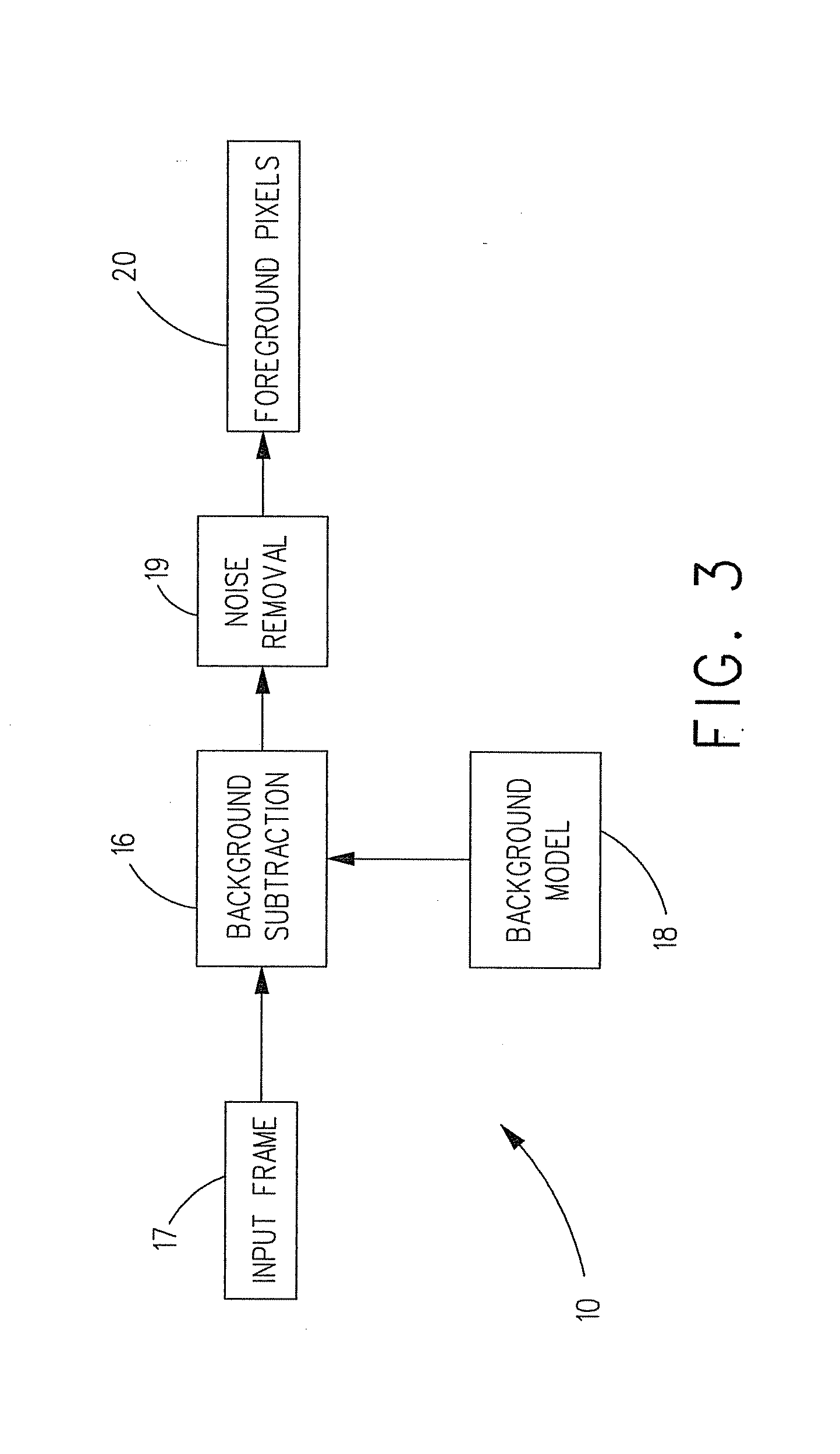Unacceptably Long Wait Times: Repeated “waited too long” experiences create a
negative bias against that brand, resulting in a potential loss of repeat business;
Walk-offs or Drive-offs: If the customer feels that he or she is waiting “too long”, they may leave the
queue, resulting in an immediate loss of sales;
Walk-bys or Drive-bys: If a customer approaches an establishment where the
queue is perceived to be “too long” then the customer may decide against choosing that brand, resulting in a lost sales opportunity; and
Inattentive
Service Personnel: A customer may reach the head of the queue and then be forced to wait because there are no retail employees available to provide service.
Lack of attention to the customer is felt to create a more heightened negative
perception of the retail establishment's
service quality, resulting in a potential loss of repeat business.
As traffic volumes increase, the ability of a human manager to simultaneously measure service needs and monitor
service personnel greatly diminishes.
In particular, humans suffer from an inability to simultaneously track the state of several targets—i.e., customers who need service or employees who provide those services.
Thus the traffic volumes normally seen in retail establishments, with dozens of customers and employees, are often too high to enable service measurement tasks to be performed reliably by hand.
Human managers are supported by a number of technology solutions that provide measurements of service times; however, there are no known solutions for automatically monitoring
service personnel, nor are there general automated service management systems.
Retail industries note that their ability to provide timely service is often put at risk by lack of employee attention to customer needs.
In each of these examples, the industry suffers from an inability to ensure that service providers (cooks, cashiers, etc) are both in-position and aware of a service need (
customer order, pick-up customer, etc.) in a timely fashion.
The industry's ability to deliver high quality service to their customers is limited by the capacity of service managers to oversee their service management staff in real-time—i.e., at the moment that problems are actually occurring and can therefore be quickly resolved.
The QSR industry believes that excessively long service times frustrate customers, damage the brand, and cost them repeat business; and
Long queue lines cause retail businesses to lose sales opportunities by scaring off customers.
The drive-through service management problem is therefore to manage both the customer's
perception of their anticipated wait time (i.e., queue length) and the actual customer wait time to minimize lost sales opportunities (drive-bys and disgruntled customers) while maximizing today's
throughput (top-line revenues).
Drive-through timers of the first type (i.e., employee-driven systems) are vulnerable to employee
cheating.
Drive-through timers of the second type (i.e., loops in the ground) are limited in their measurement flexibility because their measurement points are fixed.
This is an important limitation as it does not allow the
system to
record any portion of the customer's wait that precedes the first loop.
Moreover, any vehicle that enters the systems in a way that bypasses the first loop cannot be properly timed.
Finally, any vehicle that exits the
system in a way that bypasses the second loop cannot be properly timed.
Error recover is another limitation of drive-through timers of the second type.
Specifically, such drive-through timers are prone to timing errors when vehicles fail to cross or trip both timing sensors.
Because these systems assume vehicle continuity between the sensors, any vehicle that enters or leaves the line between the sensors causes a mismatch in the start and end times for the other vehicles in the queue.
Since there is no way known to detect this error condition, incorrect timings will continue until the queue clears out and the system can be reset.
Drive-through timers are further limited by their inability to identify important exceptional events, like drive-offs.
Moreover, there is no way to disambiguate between a vehicle passing over a sensing point because it is traveling in the drive-through lane versus a vehicle that is passing over the sensing point because it is driving off.
Finally, drive-through timers have an inherent lack of flexibility in the events that may be employed to trigger their timers.
Once installed, the drive-through manager cannot easily change the point at which the timers start and stop.
While recognizing that drive-through timers of the first type could theoretically overcome flexibility limitations, pragmatically, humans are limited in their consistency—boredom and
distraction inherently limit human performance.
Further, drive-through timers of the second type are inherently limited to starting and stopping timers based solely on positional information.
The sunk cost of having already parked and entered the store, combined with the anticipated future cost of getting into another busy queue at another busy store, discourages customers from switching.
Problems like price checks;
consumer questions; or employee difficulties with point-of-sale (POS) systems can slow the service lines unnecessarily.
Unlike drive-through service, where timers are a readily available technology, albeit problematic, there is / are no known means to address counter service measurement needs.
Pull-aheads are caused by production anomalies—production was not able to deliver the customer's food in enough time to ensure that that customer's wait didn't begin to
impact other customers in the drive-through queue.
There are no known technology solutions to this management problem.
 Login to View More
Login to View More  Login to View More
Login to View More 


